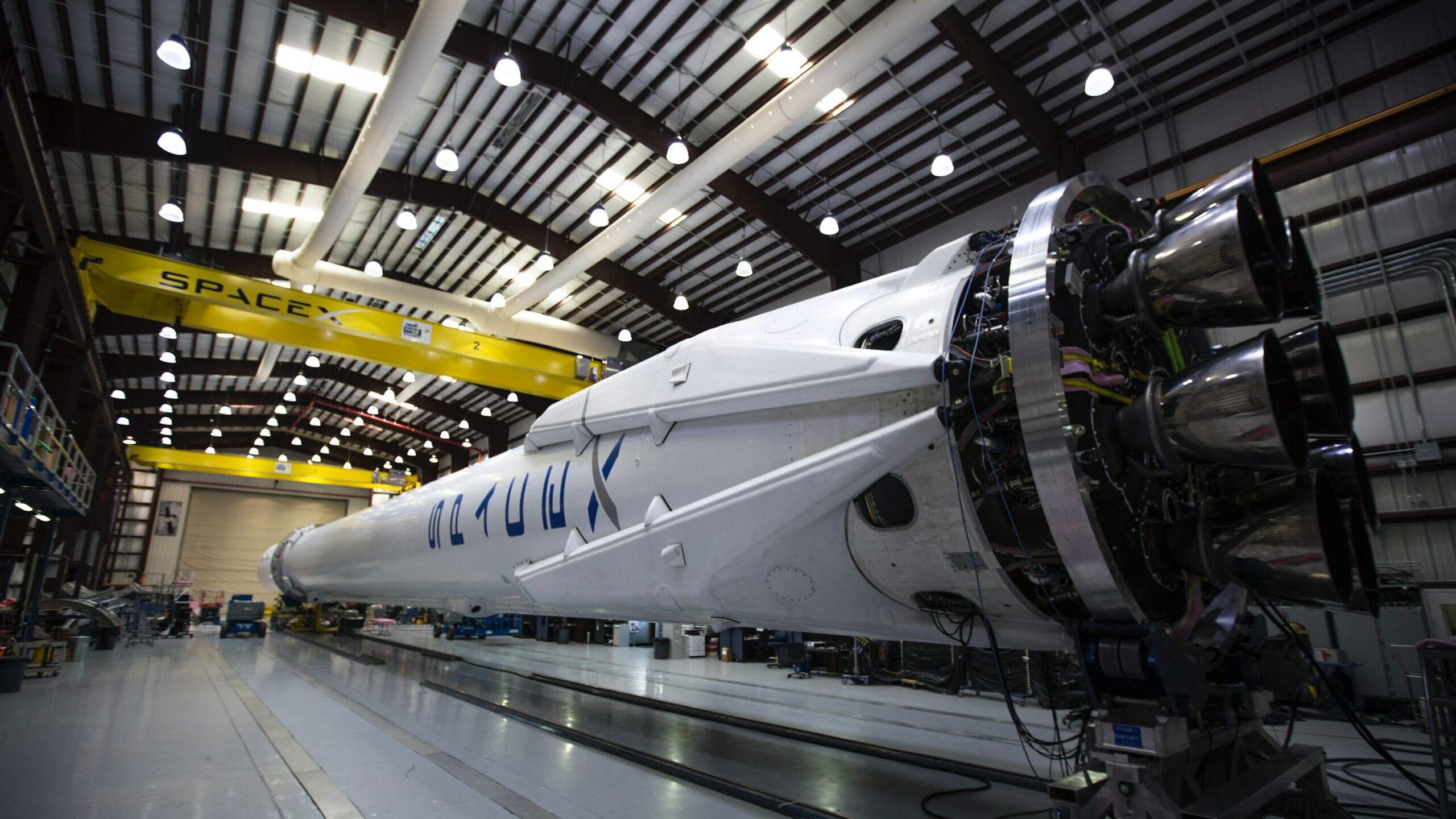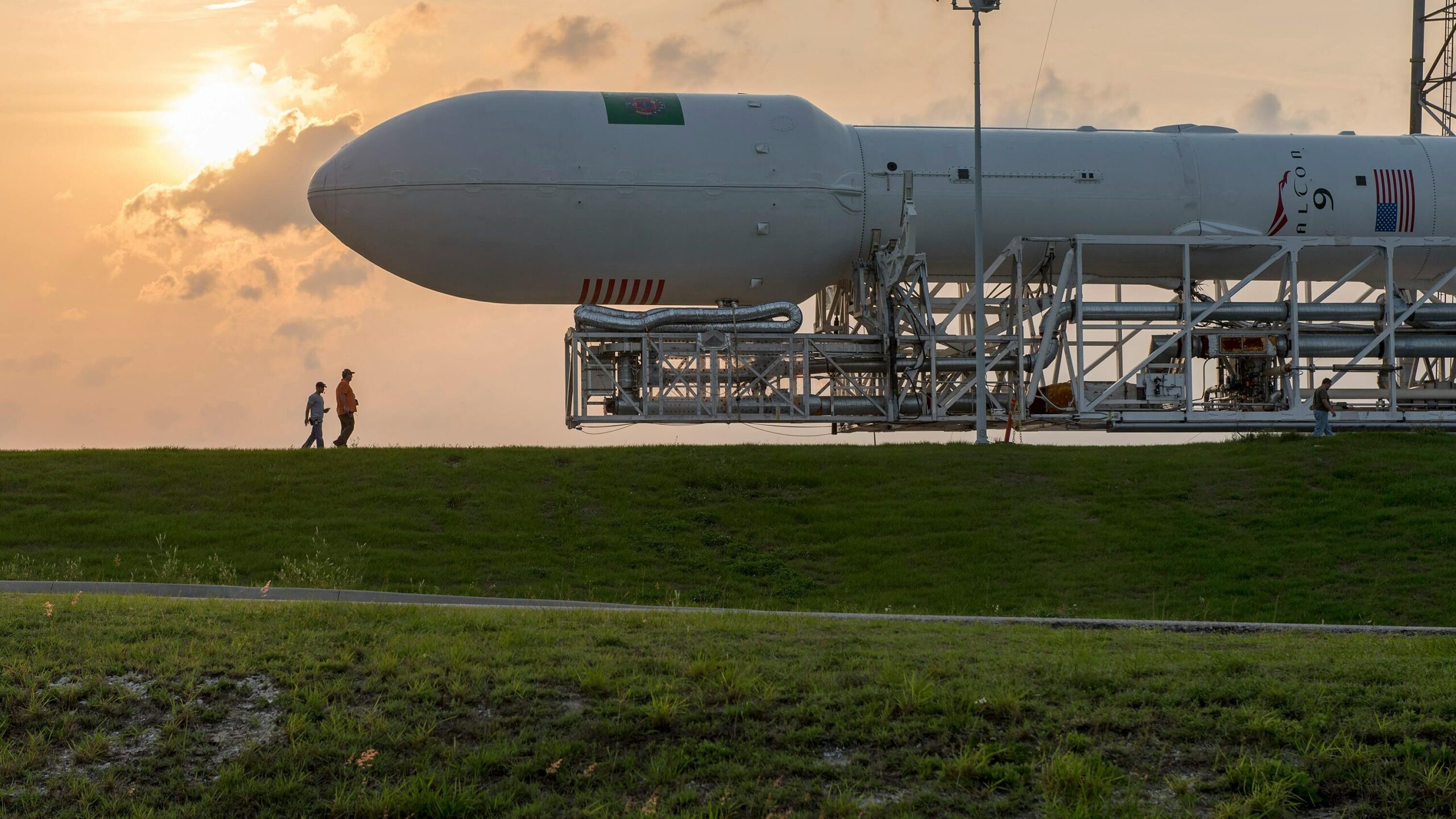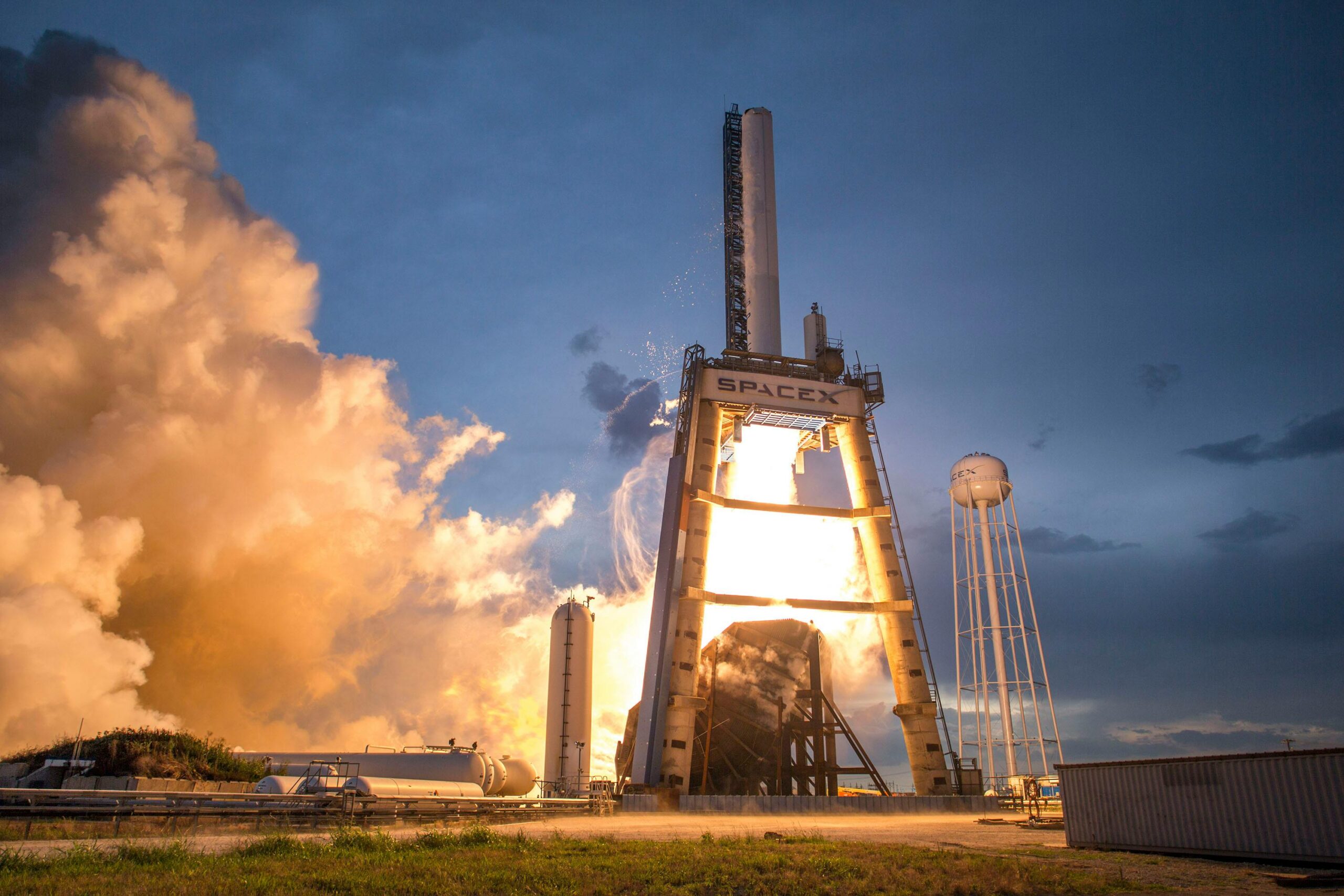American entrepreneur Elon Musk is gearing up for another attempt to launch his groundbreaking rocket, the Starship SpaceX. The previous maiden flight in April was a spectacle that ended in a loss of control and a dramatic explosion just four minutes after liftoff in Texas.
Table of Contents

Reliability Boost: SpaceX Engineers Make Extensive Changes to Starship Systems
Under Elon Musk’s direction, SpaceX engineers have made “more than a thousand” adjustments to improve the Starship’s dependability in reaction to the difficulties encountered in April. The launch site is the coastal town of Boca Chica. Liftoff is scheduled to occur within a 20-minute window, commencing at 07:00 local time (13:00 GMT).
Mission Overview: The Unprecedented Journey of Starships
The intended mission profile is the same as the one used in the previous attempt: it calls for propelling the uppermost segment of the two-stage vehicle—referred to as the ship—nearly one full rotation of the Earth. An unmanned ocean splashdown close to Kauai, one of the Hawaiian archipelago’s islands, is the goal.
Potential Revolution: Elon Musk’s Concept for Starship SpaceX
It could be revolutionary if Elon Musk is able to launch the Starship exactly as planned. With the capacity to launch more than 100 tons into orbit in a single flight, this fully reusable rocket could dramatically reduce the cost of space activity. It also fits with Musk’s audacious plan to establish a human colony on Mars.

Takeaways from the SpaceX Method
Musk’s motto, “test early, break it, and learn,” was followed by SpaceX engineers, who encountered many difficulties following the April flight. Starship’s flaming exhaust caused serious problems, such as a massive hole beneath the launch pad and debris scattering. The forces produced were compared by scientists to those of an erupting volcano.
Innovative Solutions: SpaceX Adopts New Approaches
To address these challenges, SpaceX engineers installed a steel plate structure at the launch pad, resembling an upside-down showerhead, to mitigate heat and noise during liftoff. Additionally, improvements were made to Starship’s methane-burning Raptor engines.
Critical Stage: Starship’s Stage Separation Redesigned
One crucial aspect addressed for the upcoming launch is stage separation. The ship segment will now fire up its engines just before separation, with a slotted ring added to prevent exhaust gases from damaging the booster. Commentators suggest that moving beyond this stage is essential for SpaceX to claim progress.

The Journey Ahead: Starship’s Flight Path
Assuming a successful liftoff, Starship will ascend and head across the Gulf towards the Atlantic and Africa. Stage separation is timed for about two minutes and 40 seconds into the flight. The ship, with its own engines, will continue for an additional five minutes and 53 seconds.
Ambitious Return: SpaceX’s Super Heavy Booster’s Unique Descent
SpaceX aims for the Super Heavy booster to fly back to the Texan coast, hovering above the Gulf’s waters before toppling over and sinking. Protective tiling has been added to the ship to handle the intense heat during re-entry into Earth’s atmosphere.
Continuous Innovation: SpaceX’s Rapid Development Approach
Elon Musk’s rapid development approach, despite setbacks, has its benefits. Professor Garrett Reisman from the University of Southern California emphasizes the value of learning quickly, even from failures, and SpaceX’s ability to converge on the correct solutions rapidly.
In the ever-evolving journey of space exploration, SpaceX’s Starship SpaceX project continues to push boundaries, demonstrating resilience and determination to succeed.

Waiting for your new blog.